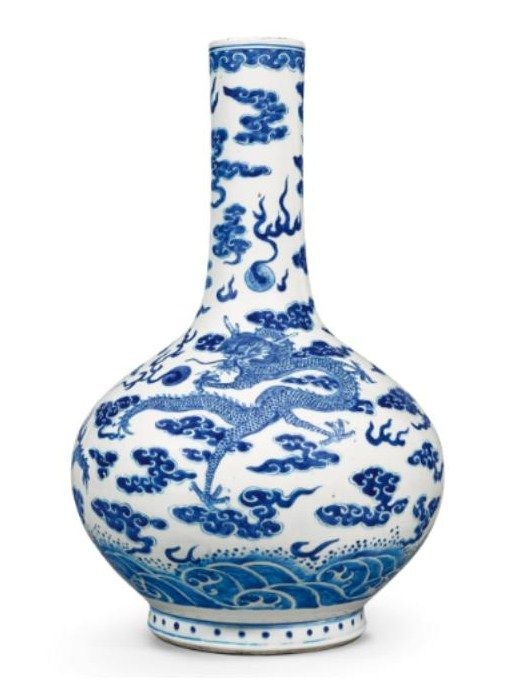Cobalt blue painted pottery was produced in New Kingdom Egypt, with the heyday for its production being from about 1400 BC to 1200 BC. Previous scientific examination has established that the cobalt blue pigment was a CoAl-spinel, which it was suggested was produced from cobaltiferous alums from the Western Desert of Egypt.
Recently quantitative analyses of a range of cobalt blue painted pottery have confirmed the Western Desert as the source of the cobalt blue pigment but suggested that the cobaltiferous alums used for the pottery differed in composition from those used in the production of contemporary cobalt blue glass. The pottery bodies were produced using either non-calcareous Nile silt or calcareous clay.
Prior to being painted, the Nile silt bodies were first coated with pale firing calcareous clay slip to which gypsum had probably been added.
Painting on pottery is not very common before the New Kingdom, but appears often in the New Kingdom. Especially in the late 18th Dynasty vessels can be colourfully decorated with floral motifs; a popular and distinctive colour in this production was cobalt blue.
















